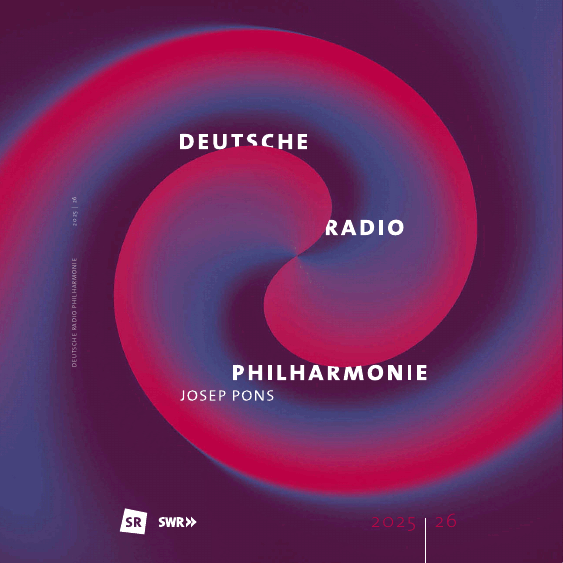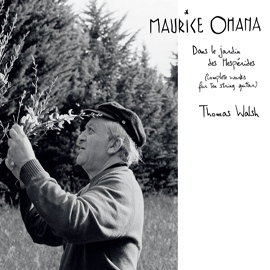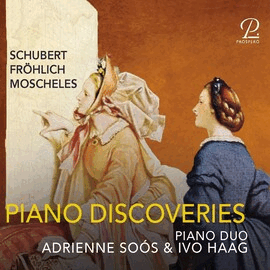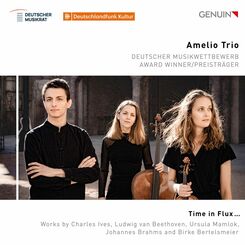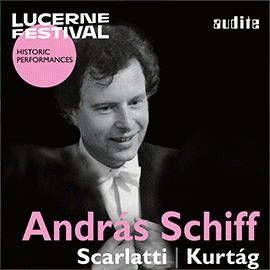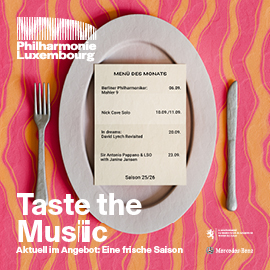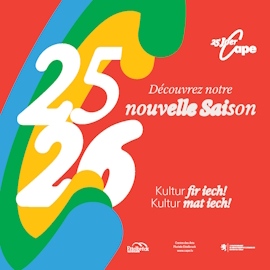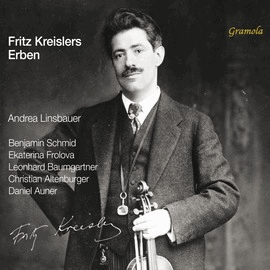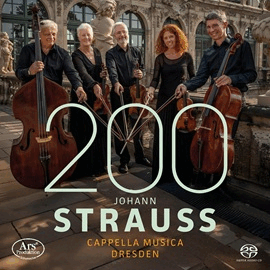Der Fluss in den Werken und auch für die Aufeinanderfolge der Werke dieser Sammlung bleibt durchgehend erhalten, so dass sich die Überschrift nicht nur für die Komposition von Ursula Mamlok anbietet, sondern für das Gesamtbild steht.
Das Trio von Charles Ives mit seinem an zweiter Stelle stehenden Satz, dessen übertragener Titel TSiaJ ‘Dieses Scherzo ist ein Ulk’ bedeutet, zeigt das Unangepasste und Wilde des Tonsetzers und gleichzeitig die bei ihm immer wieder zu findenden Volkslieder oder populären, hier sogar im dritten Satz romantisch verpackten Melodien. Die Abschlusstonart bietet den Absprung für das Allegretto von Beethoven, ein Unterrichtsstück, in derselben Tonart beginnend.
Im Zentrum der Aufnahme steht das Trio Panta Rhei von Mamlok. Von der zweiten Wiener Schule am meisten beeinflusst, bildet sich ihr eigener Stil mit tonalem Hintergrund auch im Trio ab. Hier verändern sich vor allem Harmonien, die aus der Entwicklung der melodischen Linie und von zwei Ostinati, die alle drei zwischen den drei Instrumenten wandern, erklingen.
Das einzig sehr bekannte Stück ist das zweite Trio von Brahms. Als zentraler Komponist im Werdegang des Trios bot sich für das Amelio Trio dieses Werk als Gegebenes an.
Der Weg des Amelio Trios mündet dann in ein Werk aus dem Vorjahr, bei dem Birke Bertelsmeier die zuvor gespielten Stücke aufgreift und mit ihren Ausdruckswelten ohne Brüche in die heutige Welt vermittelt. Neben weitgespannten Akkorden der Streicher bietet der mit Nieten präparierte Flügel an verstimmte Glocken erinnernde Töne. Dazu tritt ein klingendes Glas, so dass sich bis zu siebenstimmige Harmonien hören lassen. Der schwebende traumhafte Klang endet unsanft mit einem abrupten und heftigen Schluss, also nicht nur mit Wohlgefallen.
2012 von den damals 13-jährigen Instrumentalisten gegründet, hat das Amelio Trio nun u.a. den Preis beim Deutschen Musikwettbewerb 2024 zu verzeichnen. Auch mit jungen Jahren bieten sie schon ein bestens ausgereiftes Zusammenspiel an, dass das gleichberechtigte Miteinander bei exzellenter Durchhörbarkeit vermittelt. Für das vorgestellte Programm zeigt sich eindrucksvoll ihre Bereitschaft, sich der jeweiligen Komposition zu widmen und deren Charakter mit ihrem Spiel zu verdeutlichen. Technisch ohne Abstriche, bei den Streichern mit zur Verfügung gestellten vorzüglichen Instrumenten, stellen sie ihr interpretatorisches Profil vor, dass dem edlen klassischen Ensembleklang ebenso verpflichtet ist wie es bereitwillig und überzeugend moderne Klänge und Spielweisen umsetzt.
The flow in the works and also for the sequence of the works in the collection is maintained throughout, so that the title not only lends itself to Ursula Mamlok’s composition, but also stands for the overall picture.
The trio by Charles Ives with its second movement, whose title TSiaJ means “This Scherzo is a Joke”, shows the unconventional and wild nature of the composer and at the same time the folk songs or popular melodies that can always be found in his works, here even romantically packaged in the third movement. The final key provides the jumping-off point for Beethoven’s Allegretto, a teaching piece beginning in the same key.
At the center of the recording is Mamlok’s trio Panta Rhei. Most influenced by the Second Viennese School, her own style with a tonal background is also reflected in the trio. The main changes here are in the harmonies that emerge from the development of the melodic line and two ostinati, all three of which move between the three instruments.
The only very well-known piece is the second trio by Brahms. As the central composer in the trio’s development, this work was a natural choice for the musicians. The Amelio Trio’s path then leads to a work from the previous year, in which Birke Bertelsmeier takes up the previously played pieces and conveys their expressive worlds into today’s world without any breaks. In addition to the wide-ranging chords of the strings, the rivet-prepared grand piano offers sounds reminiscent of out-of-tune bells. A tinkling glass joins in, so that up to seven-part harmonies can be heard. The floating, dreamlike sound ends rudely with an abrupt and violent conclusion, so not only with pleasure.
Founded in 2012 by the then 13-year-old instrumentalists, the Amelio Trio has now won prizes including the Deutscher Musikwettbewerb 2024. Even at a young age, they already offer a highly mature ensemble playing that conveys equal cooperation with excellent audibility. The presented program impressively demonstrates their willingness to devote themselves to the respective composition and to clarify its character with their playing. Technically without compromise, with the strings using the excellent instruments provided, they present their interpretative profile, which is just as committed to the noble classical ensemble sound as it is willingly and convincingly implementing modern sounds and playing styles.



